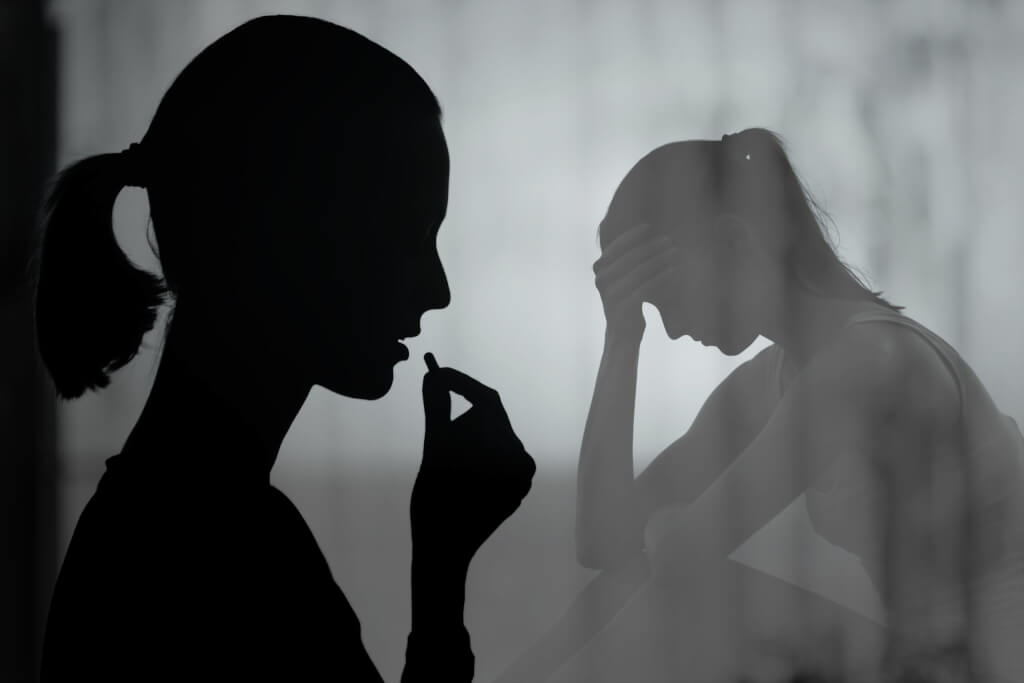Quitting painkillers cold turkey is dangerous because of physical and emotional dependence on the medication. In addition, when you take the painkiller, your body undergoes chemical changes in the brain and central nervous system.
Your body also develops a tolerance for the medication, so it is not uncommon for your dosage to have been increased while taking the drugs. If you were to quit cold turkey, you would send your body into shock.
Your body would not know how to respond because it was no longer getting the prescription medication it had grown accustomed to receiving. As a result, you start experiencing withdrawal symptoms quickly that can grow in intensity the longer you are off the medication.
Withdrawal Symptoms of Quitting Painkillers Cold Turkey
Initially, you might feel jittery and anxious. This can transition into experiencing headaches, migraines, sensitivity to light, uncontrollable shakes, hot and cold sweats, abdominal cramping, nausea, vomiting, and seizures.
Other common withdrawal symptoms from quitting painkillers cold turkey can include:
- Muscle Aches
- Muscle Cramping
- Muscle Pain
- Insomnia
- Anxiety
- Anger
- Aggressiveness
- Agitation
- Watery Eyes
- Runny Nose
- Extreme Cravings for the Drug
- Problems Focusing, Thinking, and Concentrating
- Restless Leg Syndrome
- Irrational Fear
The extent of the withdrawal symptoms is directly related to how long you were on the painkiller and the dosage amount. As you can imagine, the longer you were on the medication and the larger the dose, the more severe withdrawal will be if you quit cold turkey.
Some of the most severe withdrawal symptoms include:
- Respiratory Failure
- Dehydration
- Electrolyte Imbalances
- Inhaling Vomit into the Lungs
- Pneumonia
- Gastrointestinal Infections
- Respiratory Infections
- Suicidal Thoughts
Quitting Painkillers Cold Turkey: The Drugs You Will Need Help With
Any of the prescription medications that are considered opiates and opioids should not be quit cold turkey. Some of the more common opiates and opioids include:
- Fentanyl
- Methadone
- Oxycodone
- Codeine
- Hydromorphone
- Morphine
- Oxymorphone
- Hydrocodone
- Meperidine
Please keep in mind these are the generic names for these drugs and include brand names, such as Vicodin, Demerol, OxyContin, Duragesic, Percocet, Lortab, etc.
What Is the Best Way to Quit Painkillers?
The best way to quit prescription painkillers is by gradually weaning off the drugs. By gradually reducing the dosage and frequency amount, the body will start to become accustomed to lower and lower amounts of the drug.
The physical and emotional changes that have occurred from taking the drug will start to revert. That is one good thing about the body – it has the ability to repair itself once the painkillers are gradually detoxed from the body.
Usually, your healthcare provider who prescribed the painkillers will wean you off of them. Unfortunately, not all healthcare providers will do this. Some assume that if you were taking a low dose for a short period, there is no need to wean you off the drugs.
However, you could still experience cravings for the drug and withdrawal symptoms. Sadly, if those cravings become too intense, you could find yourself experimenting with street drugs, such as heroin or meth. So, seeking medically supervised detox could be beneficial.
What If I Am Addicted to Painkillers?
If your body has become dependent on painkillers for you to function, weaning is a good place to start. Although, that is not always the best approach as your body has grown accustomed to a specific dosage.
Reducing that dosage can cause minor withdrawal symptoms, including paranoia. In addition, it is not uncommon for people to have developed a strong emotional addiction, where if they do not have access to the same dosage, they can become irritated, upset, and easily angered.
They believe they need the same dosage. Otherwise, they cannot function. In these situations, medically supervised detox is highly recommended. With medical supervision, the dangers of quitting cold turkey, as well as reducing dosage amounts, are monitored.
The individual receives emotional and physical support in the form of counseling, therapy, and other valuable treatments to make it easier to stop using painkillers. They start to learn how to live their life without relying on medication to get through their day.
Drug therapy may also be part of medically supervised detox, depending on why the painkillers are being taken.
At Home Medically Supervised Painkiller Detox Treatment
Suppose you find it hard to stop taking prescription painkillers, your healthcare provider has started the weaning process or discontinued your prescription. Then, you want to avoid the intense and dangerous withdrawal symptoms with help from MD Home Detox.
We work with you to custom-tailor a withdrawal treatment plan that you can do in the privacy of your home. We will also work with your healthcare provider to oversee the weaning process that is in your best interest to avoid quitting cold turkey.
Furthermore, we can help you develop a rehabilitation treatment plan to help you to adjust to life without prescription painkillers. Our objective is to help you quit taking painkillers safely and assist you through detox.
To learn more about our individualized concierge-level at-home medically supervised detox in California, New York, New Jersey, Washington, Pennsylvania, Colorado, or Connecticut, please reach out for help today!

